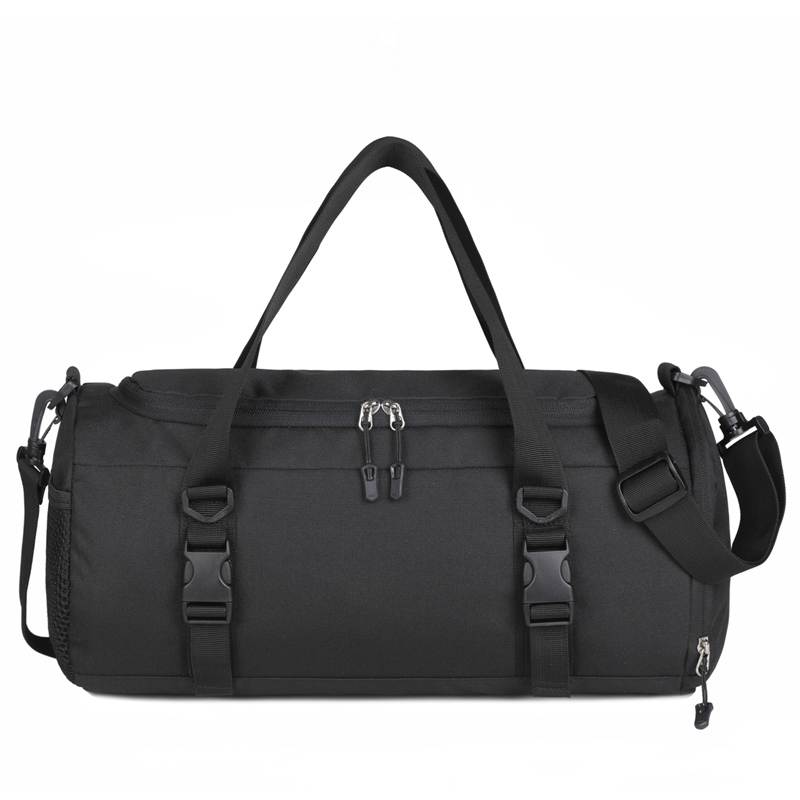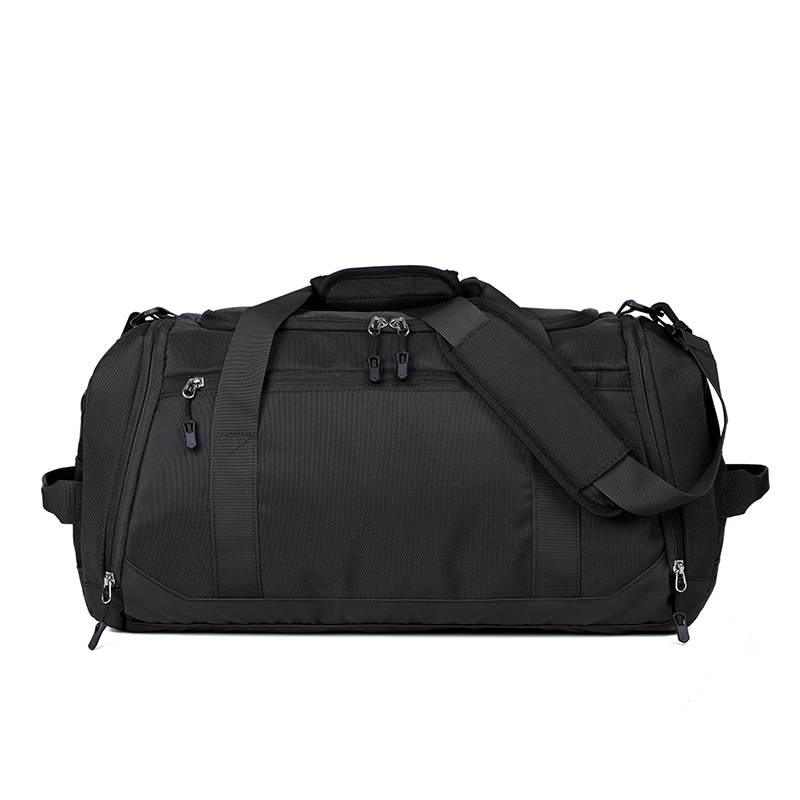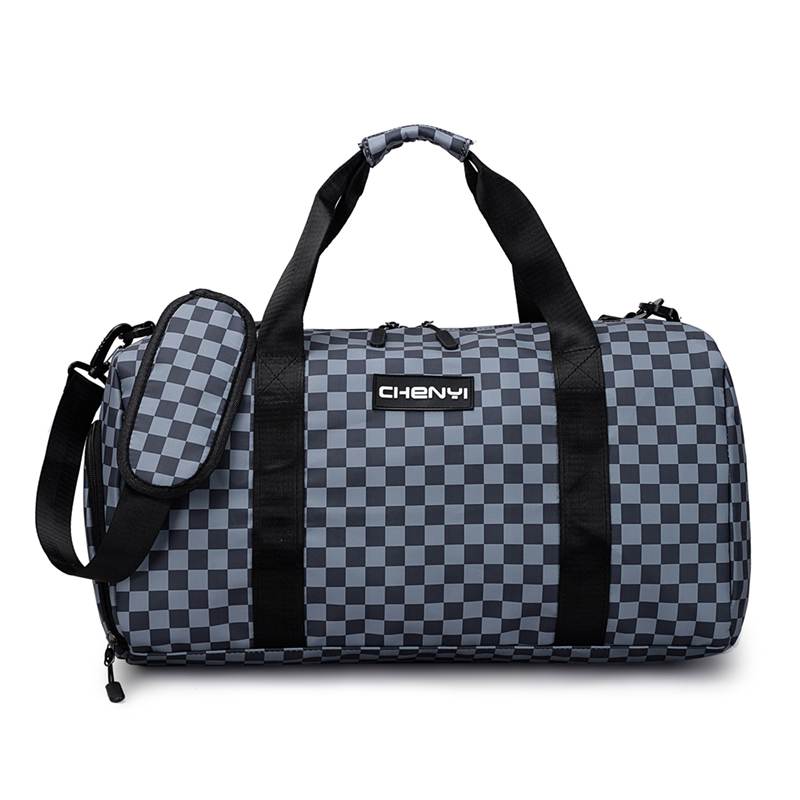The Euro Falls to Parity with the Dollar for the First Time in 20 Years
2022-07-13 10:19:26
hebei leimande
The Euro Falls to Parity with the Dollar for the First Time in 20 Years
The euro fell to parity with the dollar for the first time in 20 years, and Europe's "consumption downgrade"!
For nearly 20 years, our perception of national currencies is that the euro is "more expensive" than the dollar.
But in magic 2022, the euro has fallen to its lowest level in 20 years.
In recent months, the price of natural gas in Europe has soared, and the inflation rate in the eurozone has continued to hit new highs. The inflation rate in June was as high as 8.6%. Affected by this, the euro continued to depreciate against the dollar. Since the beginning of the year, the euro has depreciated by nearly 11% against the dollar. Shorting the euro has become one of the "most popular trades" last week.
On Monday, July 11, the euro against the dollar fell to 1.0033, the lowest in 20 years since December 2002, and finally closed down 1.42% at 1.0037.
In intraday trading on July 12, the euro against the US dollar finally fell to the important psychological level of 1.0000. At the same time, the US dollar index broke through 108, a new high since 2002.
We all know that in foreign trade, when a country's local currency depreciates, it means that import costs rise and export profits increase, which is beneficial to exports and not conducive to imports.
Under the current circumstances, many foreign trade people exporting to the European market have reported that orders have decreased and the frequency of buyers' orders has slowed down.
In Germany, production, import, and consumer prices have recently risen sharply: in April, manufacturers’ production prices increased by an average of 33.5% year-on-year, the highest increase since the relevant survey in 1949; import prices increased by about 32%, second only to 1974 During the first oil crisis in September; consumer prices also kept hitting new records.
In July, the leading index of German consumer confidence was negative 27.4 points, down 1.2 points from the previous month, the lowest value since 1991. The report said that the three indicators of economic prospects, income expectations, and purchasing propensity, which reflect German consumer confidence, all fell month-on-month, and the income expectations index fell by 9.8 points month-on-month, the lowest value since December 2002.
A recent survey of 800 companies by the German trade association showed that 45% of retailers expect business conditions to decline in the second half year-on-year, while only 20% expect sales to increase in the second half.
It's not just Germany that's doing this in Europe.
The Eurogroup said on July 11 that due to adverse factors such as high energy prices and deteriorating global terms of trade, the 19 member states of the euro area are now facing further inflationary pressures, while the economic growth prospects of the euro area have been weakened.
According to the latest data from Eurostat, the annual growth rate of consumer prices in the 19 eurozone countries rose further to 8.6% in June from a record 8.1% in May. Inflation in the eurozone has never been higher since the introduction of the common currency as the currency of account in 1999.
Several of these countries are particularly exaggerated. For example, the year-on-year inflation rate of Lithuania and Estonia both exceeded 20%, Lithuania rose by 20.5%, Estonia rose by 22%, and the CPIs of Germany, Italy, and France, which are better economically, also reached 20%. 8.2%, 8.5% and 6.5%.
In addition, according to the euro zone's June data, the euro zone's consumer confidence index was -23.6, while Germany's consumer confidence index hit a record low of -26.2.
"Consumption downgrade" has been a helpless choice for many Europeans. After all, with oil, gas, and food prices getting more and more outrageous, European households have had to adjust their budgets, cut off unnecessary spending, put off big-ticket purchases, or switch to private labels, discounters, or more affordable brands.
Dare to think? Now when it comes to the leader of the Spanish fashion category, it is no longer Zara but Decathlon!
According to the data, Decathlon will become the largest fashion retailer in Spain in 2021 with 10.1 million consumers. El Corte Inglés, Spain's former fashion retail leader, is tied for second place with Primark, both with 9.9 million consumers. Carrefour surpasses Zara in third place, Lidl surpasses H&M, and Alcampo beats Sprinter. That's a collective win for low-cost fashion operators.
In addition, European budget supermarkets such as Aldi, Action, and Maxi Bazar are gaining popularity.
In the past year, Action has won no less than 2 million new customers in France and is expanding rapidly at the rate of opening two new stores a week, with a quarter of Action's items priced below 1 euro.
Large supermarket chains like Carrefour have also taken some countermeasures to retain customers, such as Carrefour's plan to launch a "strict price" program, where its 220 major brands of products "will maintain prices."
The most popular items for these retailers are the grocery department (eg small appliances, kitchenware), drugstores (household goods, etc.), as well as dairy products, dessert grocery stores, etc.
But British clothing retailer Joules has warned its profits could take a hit due to customers' high reliance on promotions and reduced demand for full-priced items.










